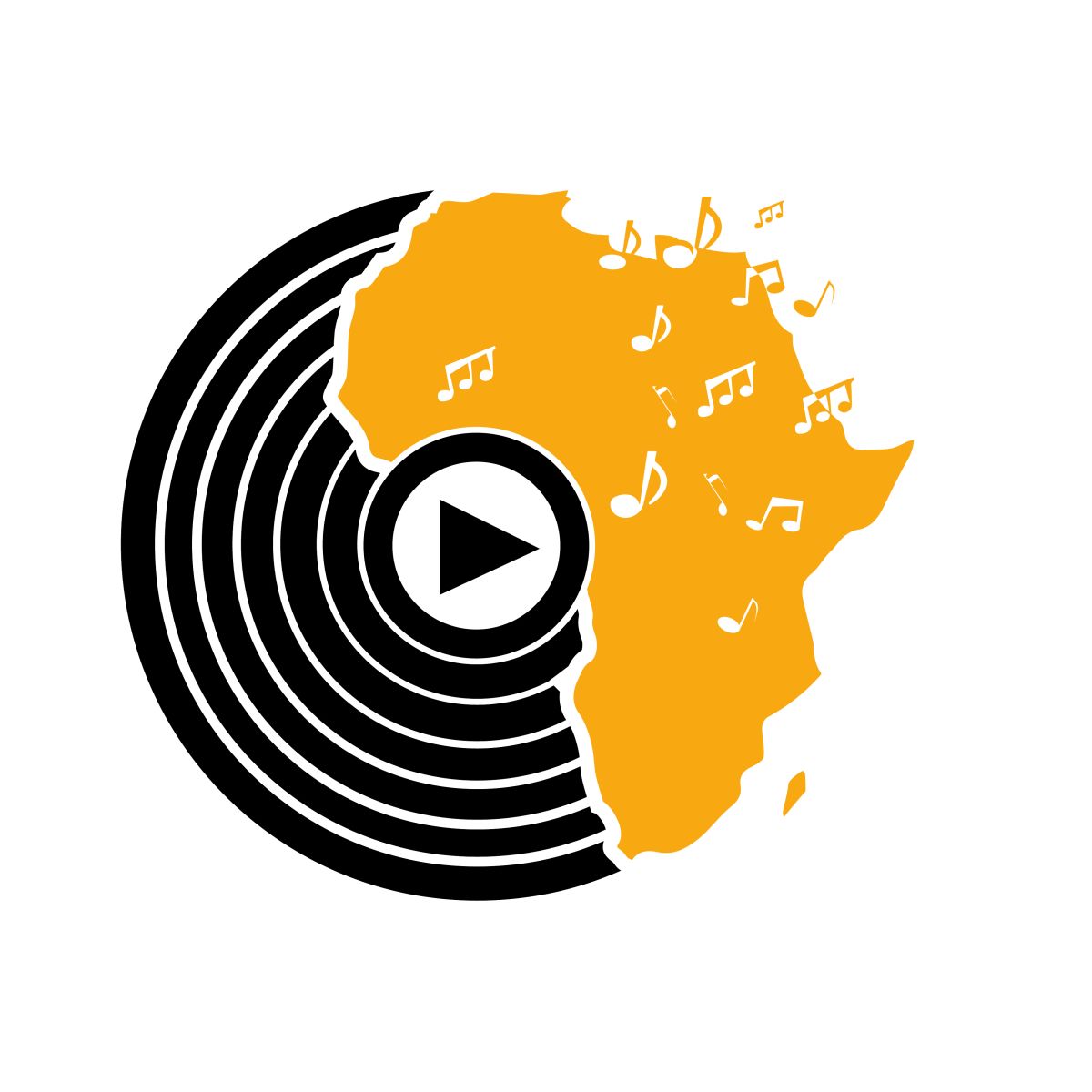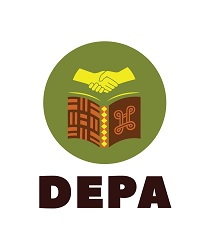Soundscapes
The Soundscapes Project for DEPA in South Africa reverberated through the bustling, multicultural inner-city suburbs of Johannesburg, capturing both the complexity and dynamism of a community often overshadowed by violence and xenophobia. A region rich with a blend of local and immigrant communities, the auditory canvas of Johannesburg is as diverse as its people. In a nation where sound has historically been an instrument of resistance, resilience, and cultural exchange, the Soundscapes Project was more than a creative endeavor—it was a sociopolitical statement.

The project invited local artists to curate soundscapes that reflected the dual themes of peace and conflict, giving them a platform to express their individual and collective experiences. Each soundscape was a carefully woven tapestry of emotions and stories, encapsulating the tension and harmony that characterizes life in these vibrant communities. The project was realized in the middle of the COVID-19 lockdown, which made the endeavor more challenging but also uniquely relevant. Unable to host live performances, the project innovatively leveraged digital platforms, publishing the soundscapes online and disseminating them through WhatsApp groups to ensure widespread community engagement. Artists involved in the project were then interviewed, providing context and insight into each soundscape. These interviews added layers of meaning and interpretation, helping listeners to not just hear, but understand, the narratives embedded within each auditory composition. From the rhythmic beats that symbolized unity to the dissonant notes reflecting conflict, the interviews demystified the artistic process and intentions, fostering a deeper level of engagement from the community.
The impact of the Soundscapes Project goes beyond the auditory experience. It serves as a sonic archive of contemporary social issues, encapsulating the emotions, hopes, and struggles of a community in flux. It also functions as a catalyst for dialogue and reflection, challenging listeners to confront and reconsider their preconceptions about peace, conflict, and the fabric of their community. In a landscape marred by violence and division, the Soundscapes Project resonates as an artistic beacon of resilience, fostering unity through the transformative power of sound.
Objective
The primary objective of the Soundscapes Project was to capture and analyze the sonic representations of peace and conflict in the inner-city suburbs of Johannesburg, South Africa.
Participant Selection
Local artists residing in the targeted inner-city areas were invited to participate. Selection was based on previous artistic engagements or community involvement.
Data Collection
Soundscapes Creation: Artists were tasked with creating soundscapes that reflect elements of peace and conflict in their communities.
Digital Platform: Due to COVID-19 restrictions, all soundscapes were submitted and disseminated online.
Community Reach: The produced soundscapes were shared through community-focused WhatsApp groups to garner local engagement and feedback.
Interviews
Selected artists were interviewed to provide context to their soundscapes. Interviews were conducted remotely and were recorded for qualitative analysis.
Data Analysis
Qualitative Analysis: Interviews were transcribed and coded to identify recurring themes and sentiments.

